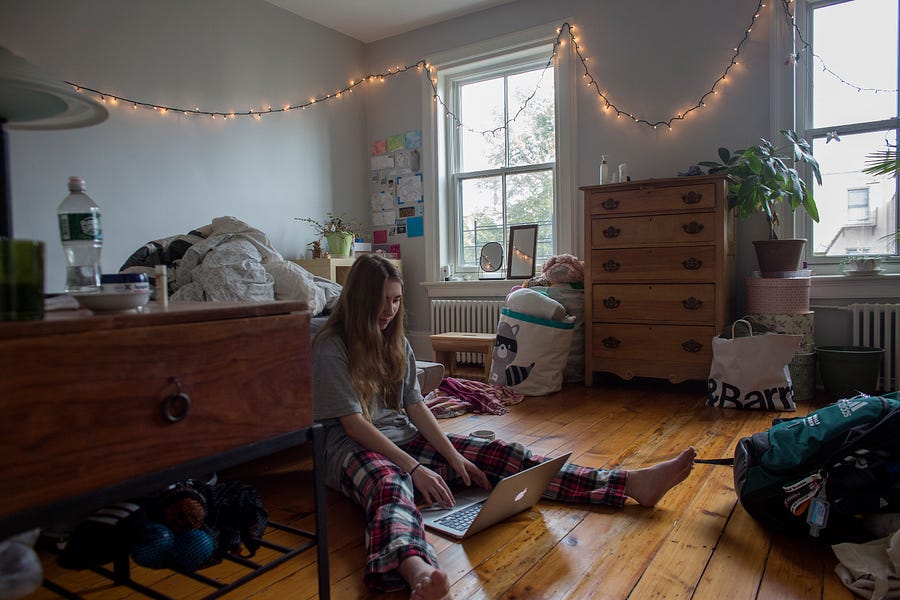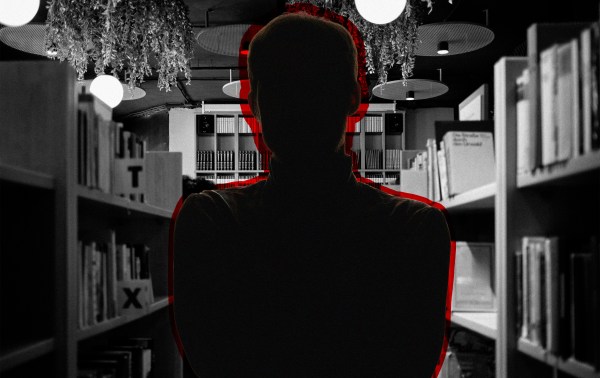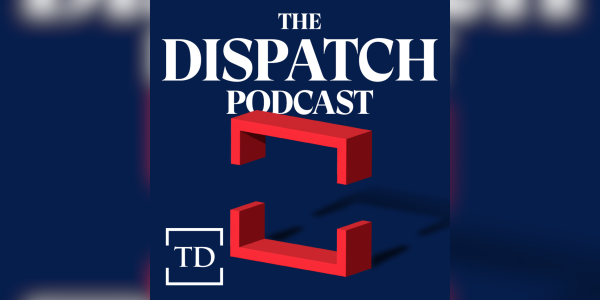As we stumble to the end of a surreal school year and look toward the fall, some education leaders hint that they may keep schools shuttered in September and a plurality of voters say in-person instruction this fall is a “bad idea.” While this spring’s remote learning worked for some students, it was a poor fit for most. Education Week reports that three-quarters of students say their morale is down and two-thirds of teachers say it’s tough to teach subjects like math, science, and English remotely. Oh, and teachers report that one-fifth of kids have essentially disappeared from the radar of school systems.
When the face-to-face dimension of schooling melts away, it’s easy for kids to get lost. For those children in unstable homes, households where parents have had to work through the pandemic, where there’s no internet access, or where parents don’t speak English, the lines tethering kids to school can be flimsy. With pass/fail grades, teachers mostly waiting on kids to respond to email, and school districts insisting that putting stuff online fulfills their mission, millions of students have just tuned school out.
Yet, however unimpressive this spring’s remote learning experiment has been, schools operated with a massive advantage they won’t enjoy next fall: Students and teachers already had established relationships. Most students had been seeing the same teachers and classmates nearly every weekday since September. This head start will be gone come fall.
And so we should be exceedingly cautious with our expectations. After all, primary and secondary education is built on relationships. This is especially true for students who are at-risk or most likely to struggle in school. When educators start talking about how extra time and professional training mean that remote learning will be much better next fall, keep this in mind.
It isn’t just folk wisdom that relationships matter. One heavily-cited 2011 meta-analysis of 99 studies—with a sample encompassing about 130,000 students and 2,800 teachers—published by the Review of Educational Research concluded that teacher-student relationships have “substantial” effects on engagement and achievement, particularly for students from disadvantaged economic backgrounds and those with learning difficulties. Other influential studies have documented the impact of teacher-student relationships in both elementary and secondary schools.
What might we expect this fall if the face reading Ferdinand isn’t one a 6-year-old already knows but a stranger who is being first encountered via Zoom? And pity the poor civics teacher trying to address a question about George Floyd’s death or the ensuing protests with a class of students she has never been face-to-face with during a class discussion on racism? And, however tuned-out many students have been this spring, things may get worse when a total stranger starts emailing them with busywork or hectoring them to log in. No technology investments or revamped remote curriculum will stand in for the human connection students would be missing.
This means that remote learning in the fall, even with some additional preparation time and connectivity, may (remarkably) prove to be even less effective than it’s been this spring. Those educational leaders who imagine full-time remote learning will be an adequate stand-in shouldn’t kid themselves.
What to do about all this?
Public officials should ensure that additional funds are clearly linked to the expectation that states and communities will do what is necessary to meet CDC recommendations to bring students and staff back to buildings safely this fall—at least on a part-time basis. That will entail practical safety measures such as preparations for social distancing, regular sanitizing of facilities, and COVID-19 testing and tracing. It also means using the bully pulpit to communicate why a safe return to school buildings, in some form or fashion, is a priority.
Meanwhile, educators need to redouble their efforts on this score, especially as a safe return will require many school systems to break with normal routines. Safety measures could mean forgoing lunch in cafeterias, assemblies, and subjects (such as band) that draw students from across multiple classrooms. They might entail half-day or every-other-day schedules. While such options are far from ideal, they nonetheless would enable students and teachers to more readily develop the in-person relationships that can provide a crucial foundation for remote instruction.
Surveys suggest that some percentage of parents may hesitate to send their kids back to school, whether due to concerns about a child’s safety, public health, or anything else. That’s understandable, given the context. But parents should be aware of potential costs and prepared for the challenges.
None of this is meant to minimize the real public health questions involved. One-quarter to one-fifth of teachers and school administrators are at heightened risk from COVID-19 due to their age. There are students and school staff who are themselves immunocompromised or have family members who are. These are real challenges that can and must be carefully addressed, which is why AEI last month issued “Blueprint for Back to School”—authored by nearly two dozen veteran local, state, and federal education leaders. But we should not be so intimidated that we shutter schools and comfort ourselves by imagining that, next fall, remote learning will be vastly improved from this spring’s dismal showing. Odds are, it won’t be.
All this said, the local public health situation may well compel some schools to operate remotely when fall comes. In such instances, relationships should trump standard operating procedures—especially for young students. Elementary schools should strive to assign students to the same teachers they had this past year and to group them with the same classmates (unless, of course, a given parent objects due to specific concerns for their child). Usually schools don’t do this, because there’s a difference between what and how third-grade and fourth-grade teachers teach. In this case, however, the benefits of established relationships will generally outweigh such considerations.
As school leaders plan for the fall, it won’t be enough to boost connectivity and curricula. Schools need to focus on the human dimension. Most importantly, those who seek to minimize the costs of closure by touting the promise of improved remote learning need to be straight about what students will be missing—and how schools plan to address it.
Frederick M. Hess is the director of education policy studies at the American Enterprise Institute. Nat Malkus is the deputy director of education policy studies at AEI.
Photograph by Getty Images.






Please note that we at The Dispatch hold ourselves, our work, and our commenters to a higher standard than other places on the internet. We welcome comments that foster genuine debate or discussion—including comments critical of us or our work—but responses that include ad hominem attacks on fellow Dispatch members or are intended to stoke fear and anger may be moderated.
With your membership, you only have the ability to comment on The Morning Dispatch articles. Consider upgrading to join the conversation everywhere.